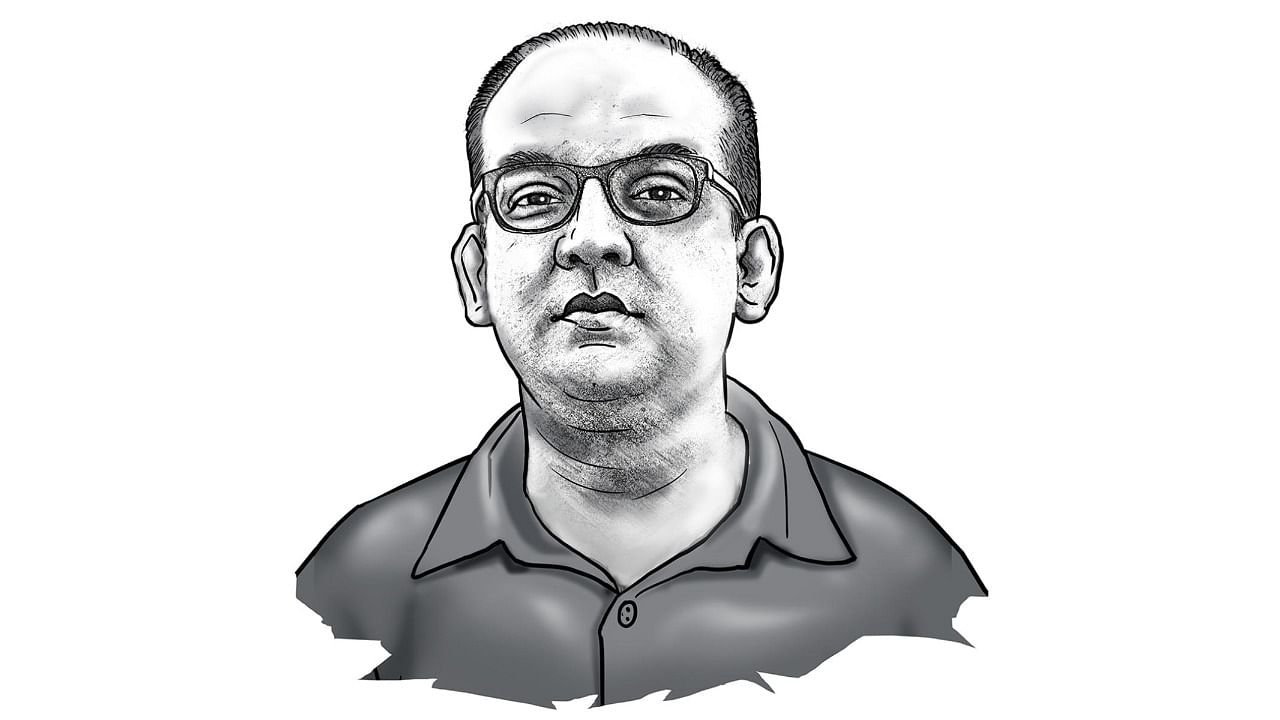
Vivek Kaul lives to read crime fiction, and unlike his honest ancestors, makes a living writing on economics
Maharashtra Public Works Minister Dada Bhuse recently said: “If you can own a Rs 10-lakh vehicle, you can buy vegetables at a higher rate by Rs 10-20…(as for) those who cannot afford to buy onions, it would make no difference if they do not eat it for two-four months.”
Onion prices have been on the rise lately. They rose by 11.7 per cent in July, in comparison to July 2022. Also, as the Economic Research Department of the Bank of Baroda (BoB) pointed out in a recent research note: “In a period of two months, the price of onions has increased from Rs 23.5/kg at the all-India retail level to Rs 31.4/kg as on 21 August.” Further, vegetable prices in July rose 37.3 per cent, driven primarily by the more than 200 per cent rise in tomato prices. Overall, food prices rose by 11.5 per cent.
While tomato prices have fallen since as new supplies hit the market, Bhuse’s comment -- like several similar comments over the years by other politicians advising people not to eat onions or tomatoes -- was insensitive, to say the least.
This is because spending on food forms a major part of the overall consumption of an average Indian household. Food items account for nearly four-fifths of the consumer price index (CPI), which measures retail inflation. For rural India, the weightage is more than 47 per cent.
In fact, an estimate made by the rating agency Crisil in an August 2022 report suggested that food forms around 53 per cent of the consumption basket of those who fall in the low-income bracket in rural India; 51 per cent for their urban counterparts. Low income refers to the bottom 20 per cent of the population by monthly per capita expenditure. Even for the upper income bracket -- the top 20 per cent-- food’s share is 38 per cent in rural India, 25 per cent in urban India.
Now, this might come as a surprise to the English-speaking readers of this newspaper, but that’s the reality. As the State of Inequality in India Report released in May 2022 pointed out: “A monthly salary of Rs 25,000 is already amongst the top 10 per cent of total incomes earned”. Given this, it’s hardly surprising that for even those in the upper income group, food forms a major part of the overall consumption. These are basic facts that seem to get lost in all the bravado and nationalism that accompany any release of economic data these days.
Given this, Bhuse’s comment, and other similar comments made on rising food prices, are insensitive. There is, of course, some sense in the first part of his comment — that those driving around in a Rs 10-lakh vehicle can afford to pay a little more for onions. But as the latest National Family and Health Survey points out, only 7.5 per cent of Indian households own a car, and the proportion that owns a vehicle worth Rs 10-lakh is even less. They may be able to afford to pay slightly higher prices than usual for tomatoes and onions, but it is in fact this lot that complains the loudest when prices go up. So, it wasn’t surprising that tomatoes were recently sold at cheaper than market rates in some well-to-do localities of the National Capital Region.
Further, it has been argued that vegetable prices rising is a temporary phenomenon. Prices drop as new supplies hit the market. As the BoB report points out: “Tomato prices had peaked on 6 August at Rs 140 but came down to Rs 82 by 21 August.”
But it’s not just tomato prices that have been on fire. The prices of cereals (rice and wheat) have been going up in double digits since September last year. Cereals form around a tenth of the CPI. Milk prices rose by more than 8 per cent in November 2022 (compared to Nov 2021). This has been the case every month since then. Milk forms 6.6 per cent of the CPI.
The prices of spices have been rising in double digits since June 2022. Pulses have risen by more than 10 per cent year-on-year in the last two months. In fact, in July, other than onions and tomatoes, the prices of garlic, ginger and green chillies also rose by 70 per cent, 177 per cent and 50 per cent, respectively. So, what else, other than onions and tomatoes, should the average Indian family give up eating? Maybe some politician can answer this question as well.
To conclude, in three out of the last four financial years, food inflation has been higher than 6.6 per cent. This hurts the average Indian household, which is why politicians shouldn’t be cocky about it.